

The examination of sea level rise data reveals alterations in the historical record, which have shifted the narrative from a lack of acceleration to a rapid increase in sea level.
The assessment of historical and current sea level data is essential in understanding climate change and its impacts. This article examines the inconsistency and evolution of sea level rise data from the 20th century to the present, as reported by the Intergovernmental Panel on Climate Change (IPCC) and NASA based off a dissection of the data by Tony Heller.
In the 1990 IPCC report, it was stated that there was no convincing evidence of an acceleration in global sea level rise during the 20th century. However, by 2016, this position had changed significantly, with claims that the 20th-century sea level rise was likely faster than during any of the preceding 27 centuries.
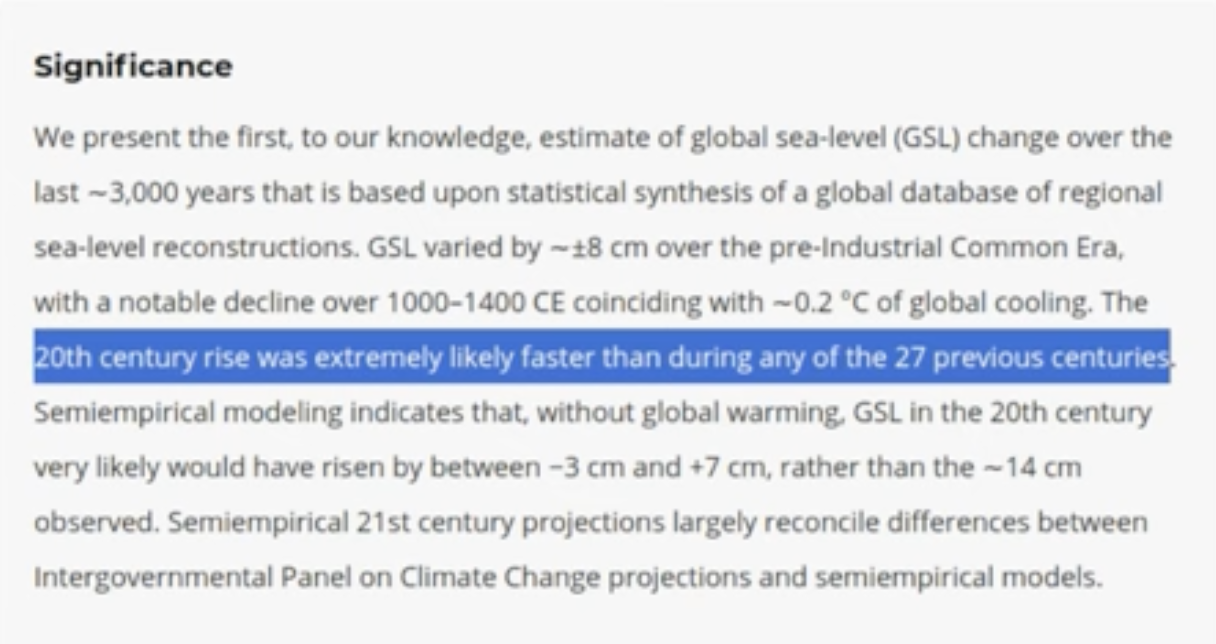
In the 2018 version of NASA's tide gauge graph, the data depicted minimal acceleration in sea level rise from 1870 to the late 1990s. However, a discrepancy arose between tide gauge data (showing a more gradual increase) and satellite data (indicating a much steeper rise in sea levels).
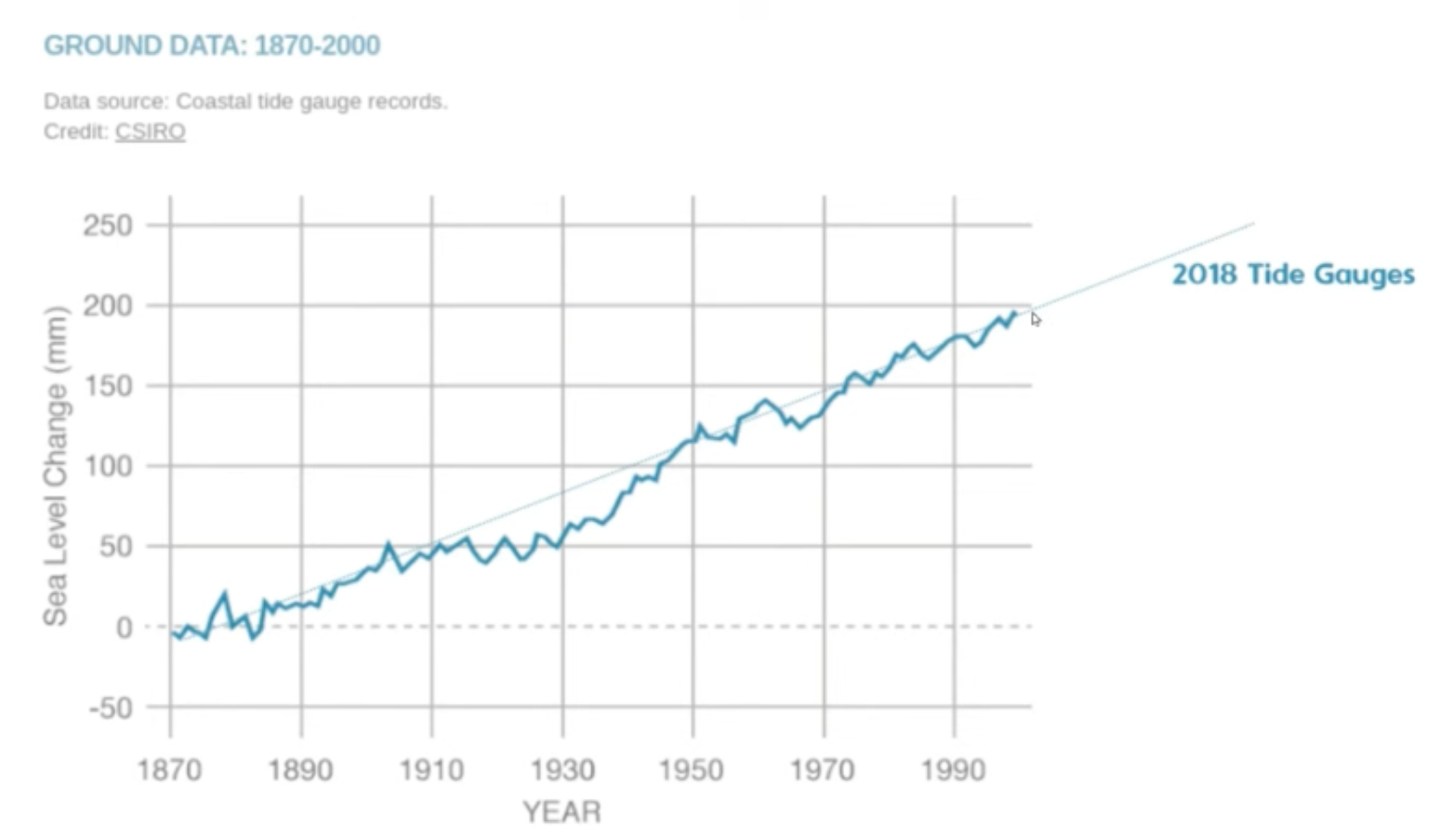
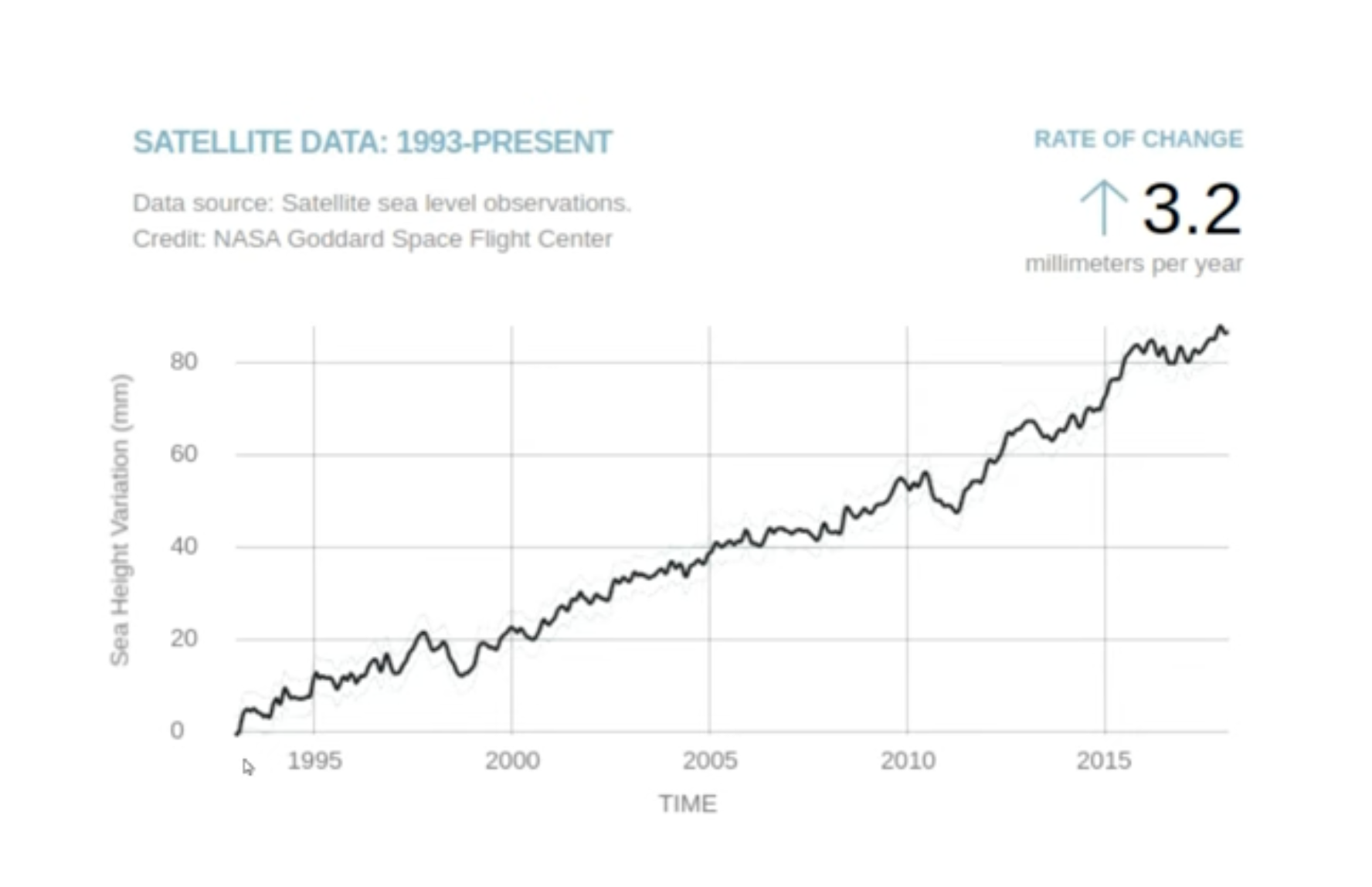
To reconcile the differences between tide gauge and satellite measurements, subsequent versions of the tide gauge data were adjusted. The revised tide gauge data showed a flattened rate of sea level rise from 1950 until 1994, followed by a sharp increase that aligned with satellite observations. This alignment raises questions about data manipulation to fit the narrative that the world is going to end unless we do something about the climate.
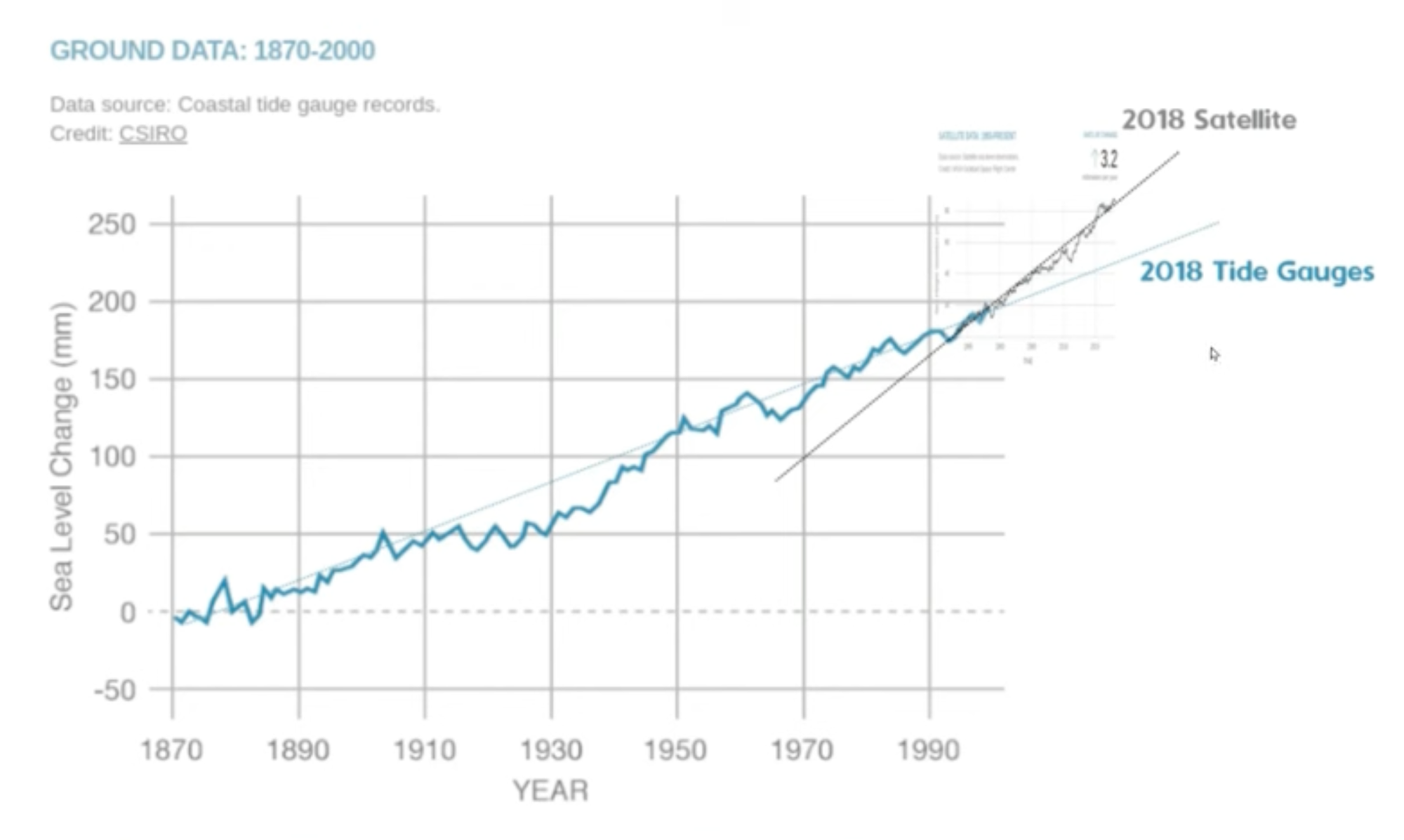
Comparing the current tide gauge graph with the 2018 version, critics have suggested that the data was altered to create a "hockey stick" shape, indicating a sudden and recent increase in the rate of sea level rise. The adjustments prior to 1994 were particularly noted, even though the overall amount of sea level rise remained consistent.
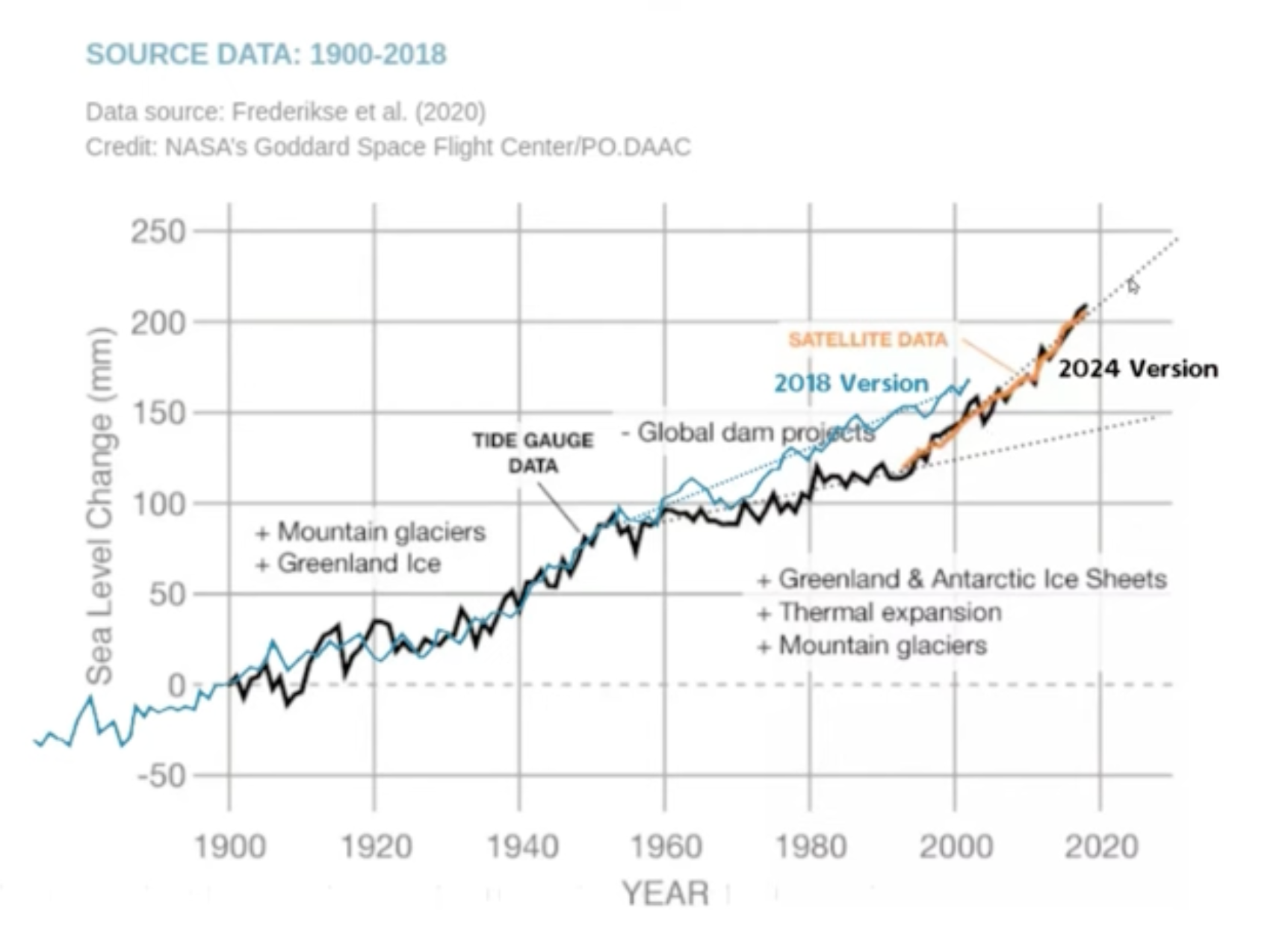
In 2008, NASA's James Hansen predicted multimeter sea level rises within the century, with significant impacts on coastal regions. Hansen's projections, including the inundation of lower Manhattan within 20 to 30 years, did not materialize. Actual sea level rise in this area has been slower than even the lowest projections by climate scientists.
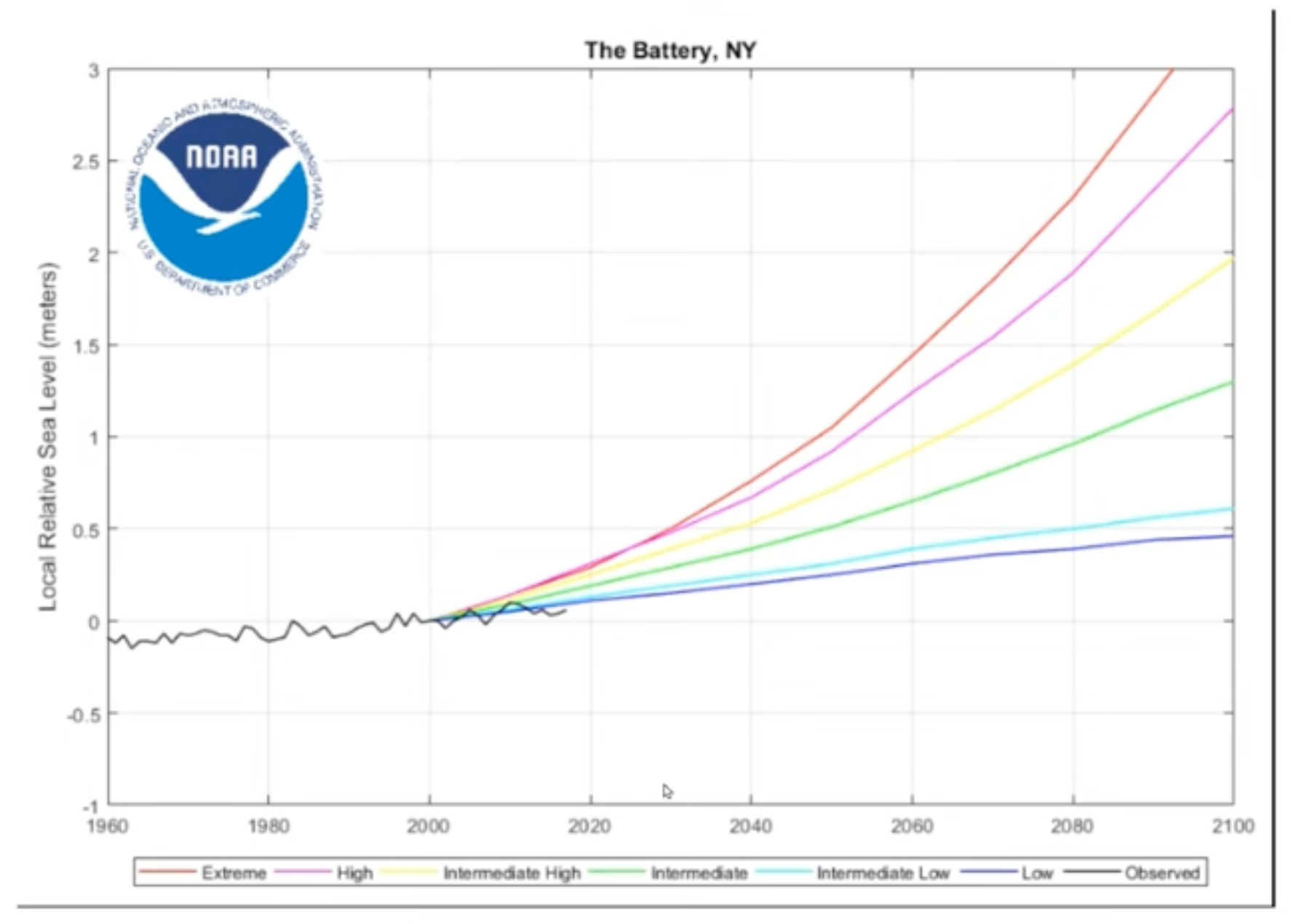
NOAA's different sea level scenarios initially indicated a divergence in possible outcomes starting around the year 2000. However, the lack of divergence led to a revision of the timelines, pushing the expected separation of scenarios to around 2020. Critics argue that this adjustment is indicative of a pattern of modifying projections to fit observed data.
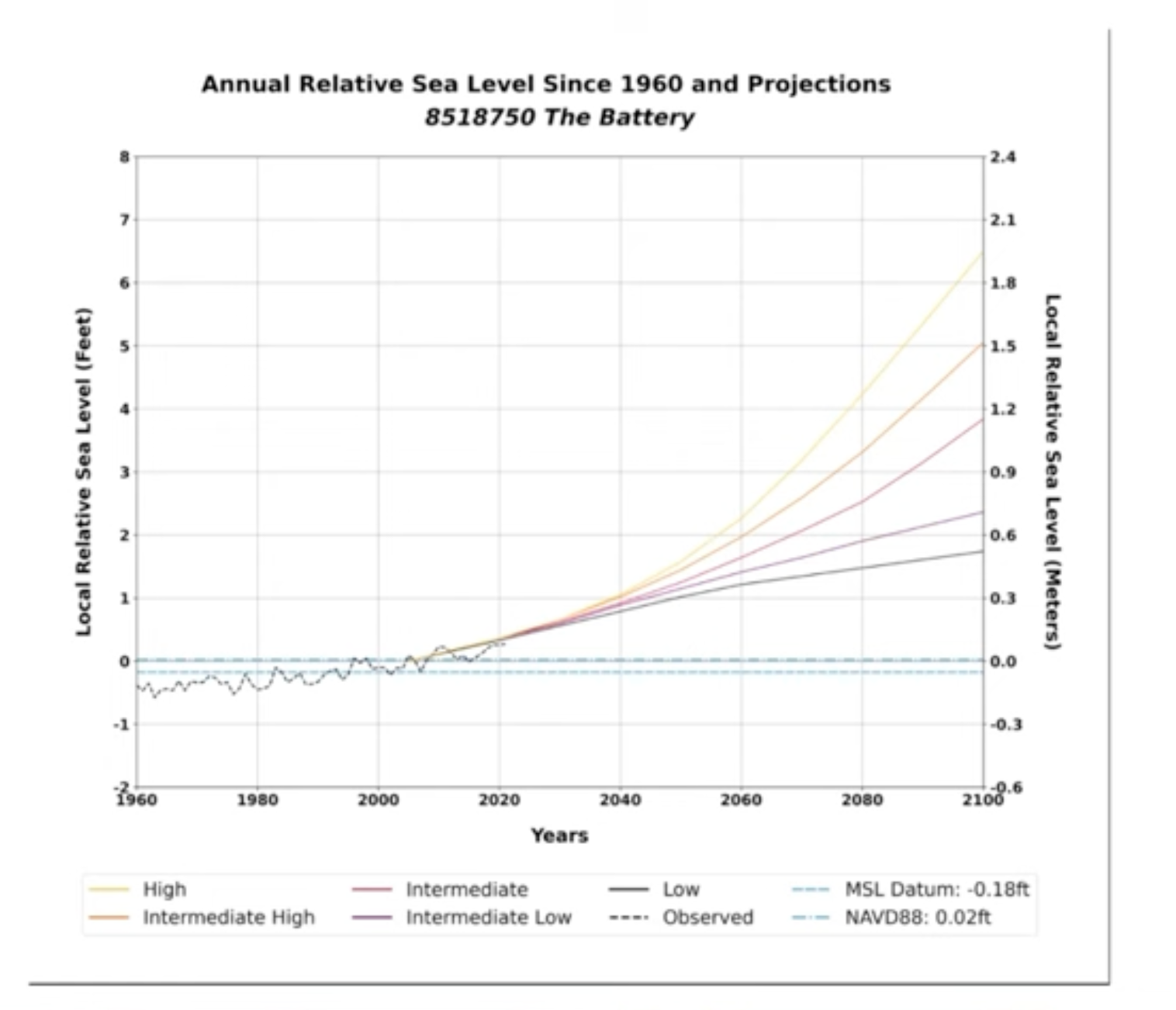
The examination of sea level rise data reveals alterations in the historical record, which have shifted the narrative from a lack of acceleration to a rapid increase in sea level. While the reasons behind these changes are not explicit, it is pretty clear that organizations like NASA and the NOAA have an easier chance of funding their budgets when they have an existential crisis to monitor. The discrepancies between tide gauge and satellite data, and the adjustments that have been made to projections that have been declared over time, highlight the moving goalposts that so-called "climate deniers" are forced to deal with. The climate hysterics have been able to cry wolf as many times as they please without many people in the broader public noticing. The implications of these goal post moves are significant, as they influence public policy and funding related to climate change mitigation and adaptation strategies. And have ultimately sent the world down a suicidal path that has brought with it unreliable energy systems and chronic capital misallocation.
